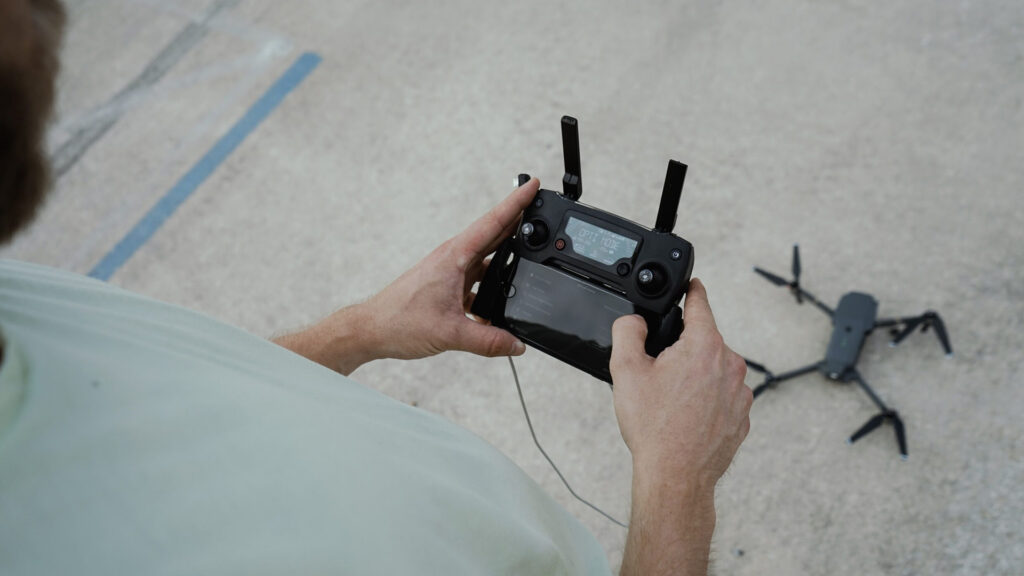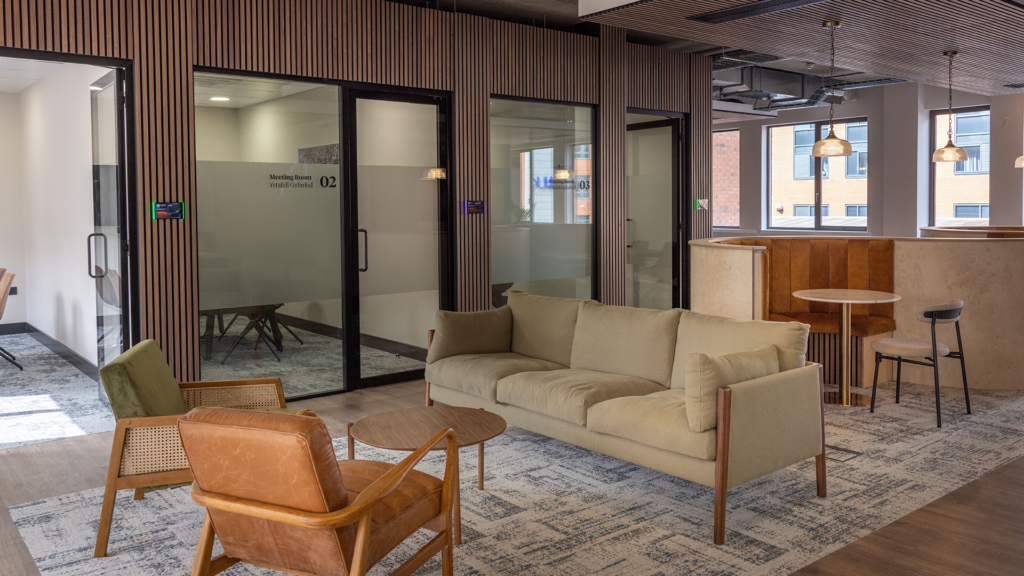Remote control drones
Drones access dangerous areas, significantly reducing the risk to employees, which is an excellent way of demonstrating how technology is creating solutions to common health and safety issues.
This technology is particularly useful in undertaking work or accessing areas that are remote, difficult to get to, or involve working at height. The latter, not only keeps employees safe but also ensures compliance with the ‘Working at Height Regulations’ which place a duty on the employer to eliminate the need for working at height if reasonably practicable to do so.
Artificial intelligence
In 2017, the UK government launched funding to implement artificial intelligence to support safer working practices. One of the outcomes of this was a solution powered by artificial intelligence which continuously monitors and reacts to specific dangers in real–time, whether that’s only opening doors if clothing or equipment requirements are met or alerting security to an individual based on a pre-determined profile.
Certain equipment requires minimum standards of PPE and will not operate until it has been recognised, to ensure an employee is wearing the correct equipment. This is a great example of how AI is revolutionising health and safety in the workplace
Check-in technology
The introduction of various check-in and desk booking technology has been a game-changer for many employers and helps quickly identify who is on-site. This technology was particularly valuable in 2020 when many workers were asked to work from home due to the outbreak of COVID-19. Using this service, employers can easily track who was in the office or working from home. If desk booking has been used, this can even help with track and trace efforts to identify who may have come into close contact with someone who’s tested positive for COVID-19.
Lone worker apps and wearable panic alarms
The risks associated with lone working are well documented and employers have embraced technology to help reduce these risks. Lone worker apps which can be added to employees’ smartphones help provide fast GPS services, welfare checks, and panic alarms. Some other employers may choose to introduce wearable panic alarms for those in high-risk situations.
Autonomous vehicles
94% of crashes are due to human error. The introduction of driverless vehicles is probably one for the future but is another example of how technology can help to reduce accidents in the workplace. Vehicles of the future will have multiple sensors, cameras fitted and will be closely linked to their location using GPS, all of which is designed to detect the correct route and make changes as needed should any serious hazards be identified.
What this means for organisations
Technology is changing rapidly and should be embraced to keep the workplace a safer and healthier place for all. Organisations need to consider the use of technology when deciding upon what is ‘reasonably practicable’ and include it in their thoughts when undertaking risk assessments and developing safe working procedures
However, whilst new technology may bring a safer way of undertaking work it should be considered alongside existing work practices and introduced through appropriate consultation with workers.
It is also important that the introduction of any new working practice does not create additional hazards unless these have also been assessed and suitably controlled.
If you have any questions relating to technology and health and safety, or any of the above, don’t hesitate to get in touch.




